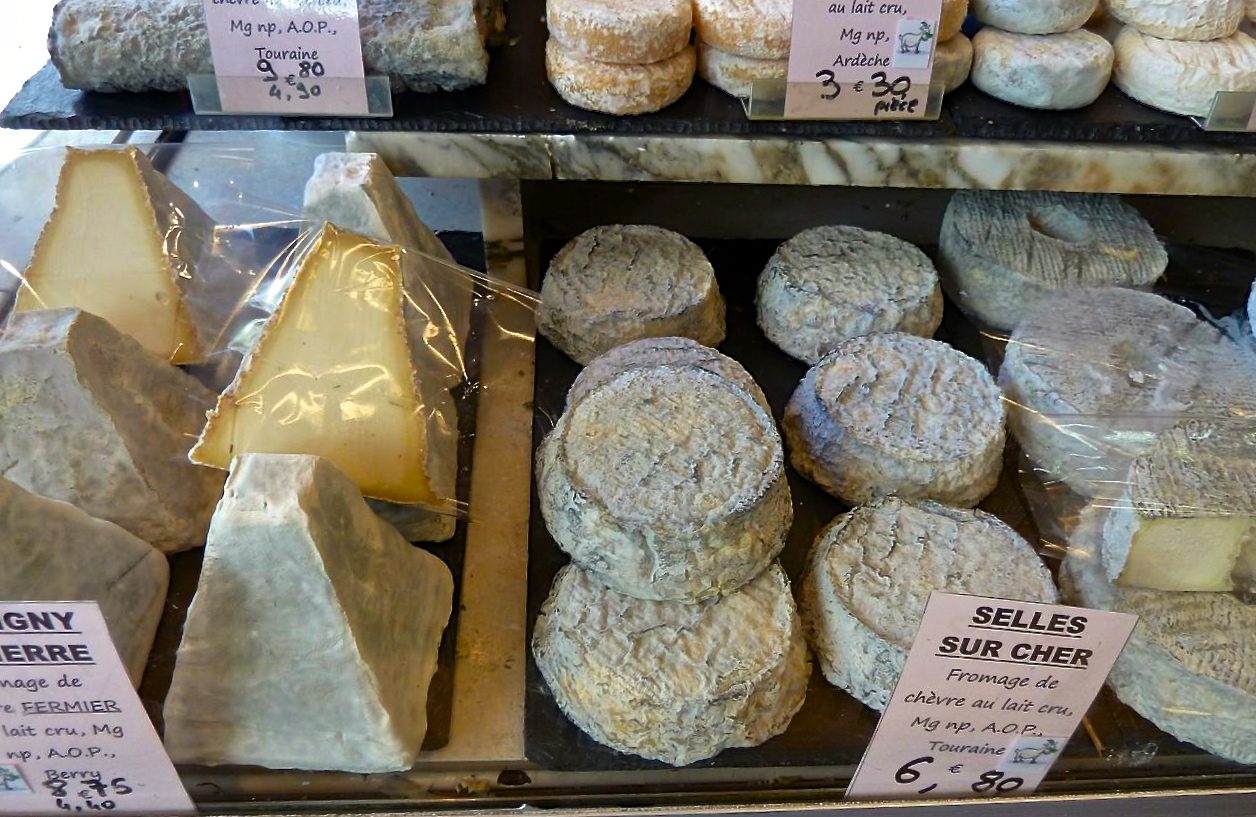Our Daily Bread: A French Tour
by Alecia Stevens, Guest Tastemaker in Residence
Lee and I arrived at the world-famous Poilane Boulangerie (bakery) in the Marais (3rd Arrondissement) in Paris on a rainy Sunday morning to meet Catherine from Paris by Mouth and a small group of seven foodies, like us. We entered the bakery as if a shrine, crossing the threshold where the breads are presented as if in a fine jewelry shop. A beautifully groomed woman ready to help us was wearing a white coat, a uniform with the name Poilane embroidered on it. We made our way to the table where we met our guide, Catherine, a bright young American now living and working in Paris, and began to learn about the reign of Poilane. Our waitress arrived with trays of fresh croissant and small apple pastries which Catherine had pre-ordered and espressos for all.
Now, I have two favorite foods. One of them is the croissant (the other is shrimp, fresh-caught.) Both prove to be rare treats for someone living in Minnesota. I bring the croissant to my mouth and while the butter melts on my tongue, the caramel-colored crust shatters onto the table, my jacket and my lap. I have just tasted a flawless croissant. We laugh when Catherine reminds us that it is this little explosion that confirms the perfection of the pastry.
In 1932 Pierre Poilane came to Paris from Normandy and set up shop in the bohemian Saint Germaine des Pres district, dedicated to the promotion of the traditional brown sourdough miche, a six-pound loaf which, because of its thick crust keeps longer than the lighter, whiter baguette, an important matter during the lean times of WWII. His empire spread to the Marais and other parts of Paris, but Poilane’s bread is still baked in wood-fired ovens by bakers working around the clock in six-hour shifts. As we sat in the small café side of the boulangerie, bakers passed by with trays of fresh, warm croissant, pain au chocolat and apple pastries. The most startling thing of all is that, to this day, Poilane does not sell baguette in a city obsessed with the slender crusty white loaf. They are happy to sell you the miche by the slice or the loaf.
The gravity with which the French take their breads is simply stunning! And, to this traveler, quite frankly, inspiring. By law, the baguette can have only four ingredients: flour, water, yeast and salt. Even though it lasts only about six hours, add a preservative and it cannot be called a baguette. Don’t mess with perfection in France! Another law sets a price cap on the baguette to be certain that it remains affordable for everyone, a nod to the collective memory for those times when bread was scarce. Even though that now famous line “Let them eat cake!” was probably not a direct quote from an insensitive Marie Antoinette, the sentiment sticks. And, as if this isn’t impressive enough, to ensure there will be enough bread throughout the year, another law requires bakers to register their vacation schedules with the government, alternating between July and August.
My husband and I now think all this is just brilliant. Because how very disappointed we would have been to have awakened to empty shelves at the boulangerie with less than perfect breads and pastries! Each and every morning we were in Paris, and then on the Brittany coast, we anticipated the joy of biting into a fresh croissant. Later in the day, we bought the freshest possible baguette to accompany dinner and cheese. Two weeks in France have taught me that one possible measure of a culture is how it approaches the divine act of eating and the feeding of its citizens. If the French bread laws are any indication, this one’s got it right!









